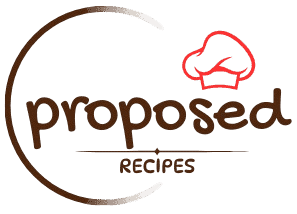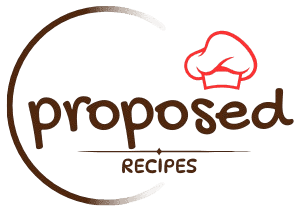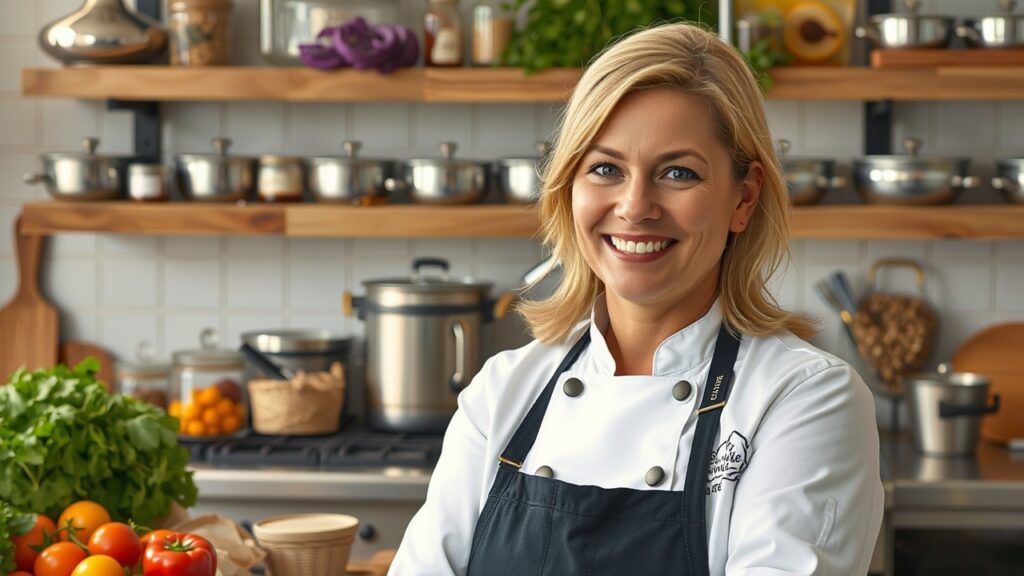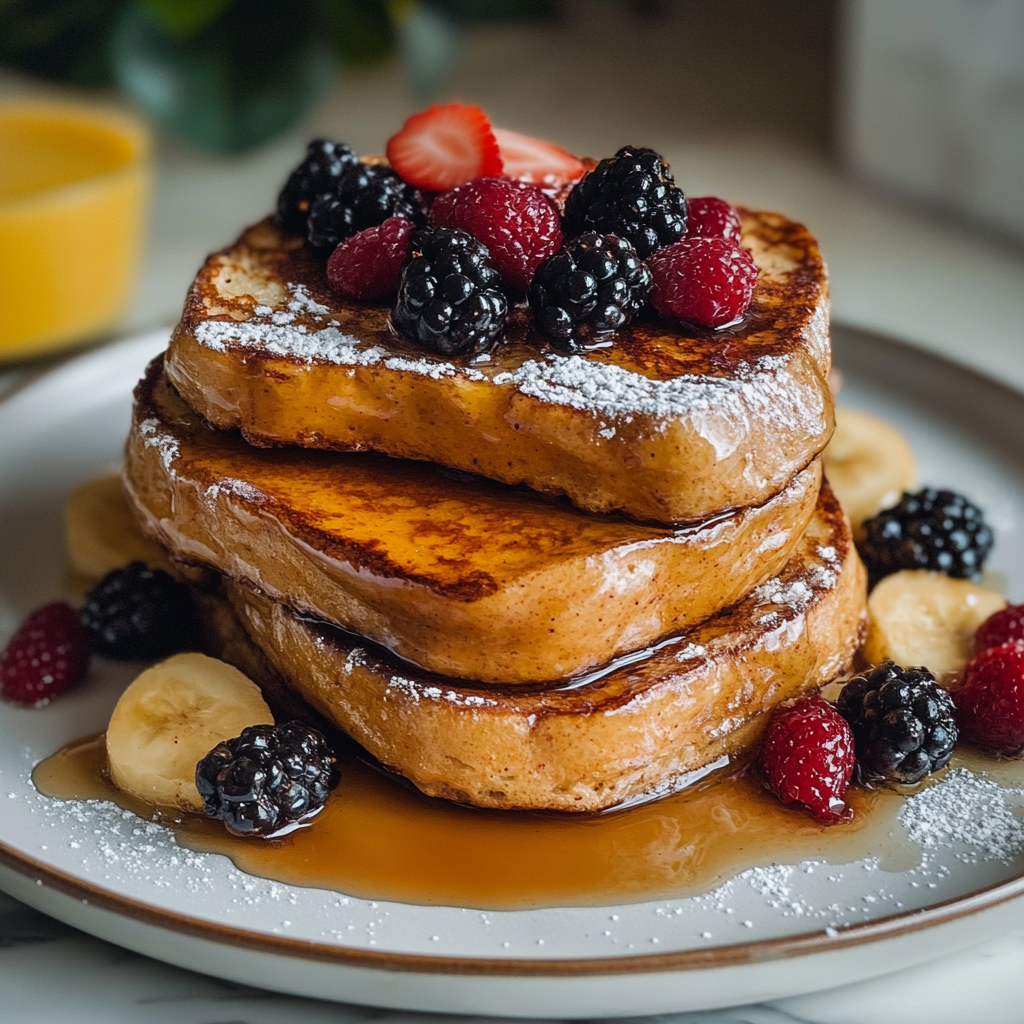Introduction to Vegan French Toast
Vegan French toast is a modern twist on a classic breakfast favorite, offering a plant-based alternative without compromising on flavor or texture. It caters to the growing demand for sustainable, cruelty-free, and inclusive dining options while delivering the same satisfying experience as traditional French toast. Let’s dive into what makes vegan French toast unique, why plant-based breakfasts are on the rise, and how this recipe compares to its non-vegan counterpart.
What Is Vegan French Toast and Why Is It Special?
Vegan French toast replaces the traditional egg and dairy custard with plant-based ingredients, making it suitable for vegans, those with dietary restrictions, or anyone looking to explore healthier breakfast options. Common substitutes include flaxseed meal, aquafaba, or mashed bananas for eggs, and almond, soy, or oat milk for dairy.
What makes it special is its versatility and inclusivity. Whether topped with fresh fruit, nut butter, or vegan whipped cream, vegan French toast can be adapted to suit any taste. Moreover, it’s not only delicious but also environmentally conscious, appealing to those who prioritize sustainable eating.
The Growing Popularity of Plant-Based Breakfasts
The plant-based movement has grown exponentially in recent years, driven by increased awareness of health, environmental, and ethical considerations. Breakfast, often viewed as a staple meal, is no exception. Vegan options like French toast allow people to enjoy a traditional breakfast favorite while aligning with their values.
This rise in popularity can also be attributed to:
- Accessibility of Ingredients: Plant-based milk and egg substitutes are now widely available.
- Creative Adaptations: Recipes like vegan French toast prove that plant-based meals can be just as indulgent and flavorful.
- Health Consciousness: Many people are seeking alternatives that are lower in cholesterol and saturated fats without sacrificing taste.
How This Recipe Compares to Traditional French Toast
Vegan French toast holds its own against the classic version, offering the same crispy golden edges and soft, flavorful center. While it omits eggs and dairy, the right combination of substitutes ensures a custard-like consistency and rich flavor. For instance:
- Egg Substitutes: Flaxseed or chia seeds work as natural binders, creating a thick, cohesive batter.
- Milk Alternatives: Non-dairy milk adds creaminess, with options like oat milk lending a naturally sweet taste.
- Flavor Enhancements: Cinnamon, vanilla extract, and even a touch of maple syrup make the recipe just as aromatic and satisfying as the original.
In essence, vegan French toast offers a guilt-free indulgence that celebrates plant-based ingredients without sacrificing the flavors and textures people love in this breakfast classic.
Ingredients for Vegan French Toast Recipe
Creating the perfect vegan French toast starts with high-quality, plant-based ingredients. Whether you’re looking for a simple recipe or want to add extra flair, here’s a breakdown of essential components, bread choices, and optional flavor boosters.
Essential Ingredients: Plant-Based Milk, Flaxseed, and Bread
- Plant-Based Milk:
- Almond, soy, oat, or coconut milk are excellent dairy-free options that provide creaminess to the custard.
- Flaxseed:
- Ground flaxseed mixed with water (flax egg) serves as a natural binder and mimics the texture of eggs.
- Bread:
- Thick slices of vegan bread create the ideal base for absorbing the custard while holding their structure during cooking.
These staples ensure a rich, custardy texture and a flavorful finish.
Choosing the Best Vegan Bread
When selecting bread, check the label to ensure it’s free from animal products like eggs, milk, or honey. Opt for sourdough, whole-grain, or artisan loaves, as they often meet vegan requirements.
Optional Additions for Extra Flavor
Enhance the custard with these aromatic ingredients:
- Cinnamon: Adds warmth and depth to the recipe.
- Nutmeg: Provides a subtle, earthy spice.
- Vanilla Extract: Boosts sweetness and rounds out the flavors.
These additions take your vegan French toast to the next level, making it indulgent and satisfying.
Best Bread for Vegan French Toast
The type of bread you choose is crucial for achieving perfect vegan French toast. Here’s a guide to selecting the best bread for your recipe, including gluten-free options and tips for using stale bread.
Why Thick-Cut Bread Works Best
- Superior Absorption:
- Thick slices soak up the plant-based custard without falling apart.
- Better Texture:
- The bread retains a soft center while achieving a crispy, golden exterior during cooking.
Brioche-style or sourdough bread, when cut into ¾- to 1-inch slices, is ideal.
Options for Gluten-Free Vegan French Toast
For gluten-free variations:
- Gluten-Free Breads:
- Choose sturdy options like gluten-free sandwich bread or artisanal loaves.
- Best Brands:
- Look for brands that are vegan and gluten-free to meet all dietary needs.
These options ensure everyone can enjoy this plant-based delight.
Using Stale Bread for Better Results
Slightly stale bread works better than fresh because:
- Improved Absorption:
- Stale bread absorbs the custard without becoming overly soggy.
- Texture Benefits:
- It helps maintain a firm yet tender texture during cooking.
If your bread is fresh, you can dry it out by toasting lightly or leaving it out for a few hours.
By using these ingredients and tips, your vegan French toast will turn out flavorful, indulgent, and perfectly textured every time.
Step-by-Step Guide to Making Vegan French Toast
Making vegan French toast is simple and satisfying when you follow a few essential steps. From preparing the perfect eggless batter to mastering cooking techniques, here’s how to achieve delicious results every time.
Step-by-Step Guide to Making Vegan French Toast
Making vegan French toast is a straightforward process that delivers delicious results when you follow a few essential steps. From creating the perfect eggless batter to mastering the cooking process, here’s how to make this plant-based breakfast favorite.
Preparing the Eggless Batter Using Flaxseed or Chia Seeds
- Prepare the Flax or Chia Egg:
- Mix 1 tablespoon of ground flaxseed or chia seeds with 3 tablespoons of water in a small bowl.
- Let it sit for 5 minutes until it thickens and forms a gel-like consistency.
- Create the Vegan Custard:
- In a mixing bowl, combine 1 cup of plant-based milk (such as almond, soy, or oat milk), the prepared flax or chia egg, 1 teaspoon of cinnamon, ½ teaspoon of nutmeg, 1 teaspoon of vanilla extract, and 1 tablespoon of maple syrup or sugar.
- Blend Thoroughly:
- Whisk the mixture until it is smooth and well combined, ensuring the spices are evenly distributed.
Dipping Bread: Avoiding Sogginess
- Choose the Right Bread:
- Use thick slices (¾ to 1 inch) of slightly stale vegan bread to achieve the best texture and absorption.
- Dip Quickly:
- Submerge each slice of bread into the custard mixture for about 10–15 seconds on each side. Avoid soaking for too long, as this can make the bread overly soggy.
- Shake Off Excess Batter:
- Gently lift the bread out of the custard and allow any excess liquid to drip off before placing it on the cooking surface.
Cooking Techniques: Skillet vs. Oven
- Skillet Method:
- Heat a non-stick skillet or griddle over medium-low heat and lightly grease it with vegan butter or oil.
- Place the dipped bread slices on the skillet and cook for 2–3 minutes on each side until golden brown and crisp.
- Oven Method:
- Preheat the oven to 375°F (190°C).
- Arrange the dipped bread slices on a parchment-lined baking sheet.
- Bake for 10–12 minutes, flipping halfway through to ensure even cooking.
By following these steps, your vegan French toast will have the perfect golden crust, a soft, flavorful center, and all the indulgence of the traditional recipe—without any animal products.
Tips for Perfect Vegan French Toast Every Time
Creating vegan French toast that’s golden, crisp, and full of flavor requires a bit of finesse. Here are some essential tips to ensure your French toast turns out perfect every time.
Preventing the Batter from Sticking to the Pan
- Use Non-Stick Cookware:
- A non-stick skillet or griddle is essential for cooking vegan French toast smoothly and avoiding sticky situations.
- Preheat and Grease:
- Preheat the pan over medium-low heat and lightly coat it with vegan butter, coconut oil, or a neutral cooking oil. This prevents sticking and helps the toast develop a golden-brown crust.
- Avoid Overcrowding:
- Cook in batches to ensure each slice has enough space to cook evenly and to prevent batter from pooling in the pan.
Managing Heat for Even Cooking
- Cook on Medium-Low Heat:
- High heat can cause the exterior to burn before the interior cooks through. Medium-low heat ensures the bread cooks evenly and achieves the desired texture.
- Allow the Pan to Heat Properly:
- Before adding the bread, let the pan warm up to an even temperature. A properly heated pan will cook the toast more consistently.
- Flip with Care:
- Use a spatula to flip each slice gently to avoid tearing and to ensure both sides cook evenly.
Adding the Right Amount of Sweetness
- In the Batter:
- Add a touch of sweetness to the batter with ingredients like maple syrup, agave nectar, or a small amount of brown sugar. This infuses the toast with subtle flavor without overpowering it.
- Toppings as Sweeteners:
- Keep the batter lightly sweetened and rely on toppings like fresh fruit, powdered sugar, or vegan whipped cream to enhance sweetness.
- Balance Sweet and Spicy:
- Pair the sweetness with a sprinkle of cinnamon or nutmeg to add depth and complement the flavors.
By following these tips, your vegan French toast will consistently turn out crisp on the outside, soft on the inside, and bursting with flavor, making it a breakfast favorite every time.
Variations of Vegan French Toast Recipe
Vegan French toast is a versatile dish that can be adapted to suit different tastes and occasions. Whether you prefer a sweet classic or a savory twist, here are some creative variations to try.
Classic Vegan French Toast with Cinnamon and Vanilla
- Flavor Profile:
- This timeless variation highlights the warm flavors of cinnamon and the sweetness of vanilla extract.
- How to Make:
- Add 1 teaspoon of cinnamon and 1 teaspoon of vanilla extract to the plant-based custard batter. Top with maple syrup and powdered sugar for a simple yet satisfying breakfast.
- Best Pairings:
- Fresh fruit like strawberries, blueberries, or sliced bananas complement the flavors beautifully.
Banana-Infused Vegan French Toast
- Flavor Profile:
- Mashed bananas add natural sweetness and a creamy texture to the batter.
- How to Make:
- Replace the flax or chia egg with ½ a mashed banana in the custard mixture. Blend well to incorporate. The banana not only acts as a binder but also infuses the toast with a subtle fruity flavor.
- Best Pairings:
- Top with caramelized banana slices, chopped nuts, and a drizzle of almond butter.
Pumpkin-Spice Vegan French Toast for the Fall Season
- Flavor Profile:
- This autumn-inspired variation combines the flavors of pumpkin puree and pumpkin pie spices.
- How to Make:
- Add 2 tablespoons of pumpkin puree, ½ teaspoon of pumpkin spice, and a pinch of nutmeg to the batter. Whisk until smooth and cook as usual.
- Best Pairings:
- Serve with a dollop of vegan whipped cream and a sprinkle of cinnamon or nutmeg for a festive touch.
Savory Vegan French Toast with Herbs and Nutritional Yeast
- Flavor Profile:
- A savory take on French toast featuring the umami flavor of nutritional yeast and the freshness of herbs like parsley or thyme.
- How to Make:
- Omit the cinnamon and vanilla from the batter. Instead, add 2 tablespoons of nutritional yeast, a pinch of garlic powder, and chopped fresh herbs. Cook as usual and serve warm.
- Best Pairings:
- Top with sautéed mushrooms, avocado slices, or a vegan cheese spread for a hearty breakfast or brunch option.
These variations offer a wide range of flavors, from the sweet and comforting to the bold and savory. Whether you’re preparing breakfast for yourself or hosting a crowd, these vegan French toast recipes ensure there’s something for everyone to enjoy.
Topping Ideas for Vegan French Toast
Vegan French toast is incredibly versatile, and the right toppings can take it from delicious to extraordinary. Whether you prefer traditional options, fresh fruit, or indulgent extras, here are some creative topping ideas to inspire your next breakfast masterpiece.
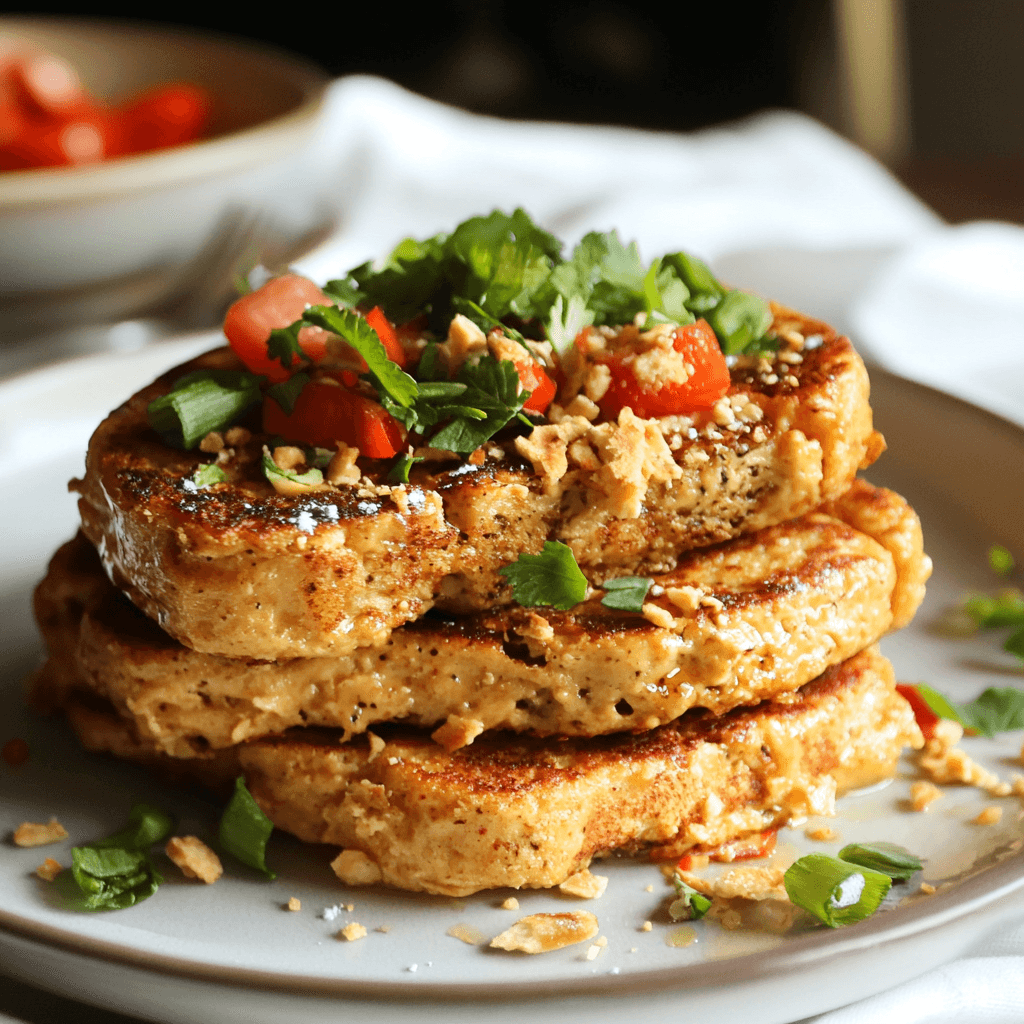
Traditional Toppings: Maple Syrup, Powdered Sugar, and Butter
- Maple Syrup:
- A timeless classic, maple syrup adds a rich, sweet finish to vegan French toast.
- Powdered Sugar:
- A light dusting of powdered sugar not only enhances sweetness but also gives the dish a touch of elegance.
- Vegan Butter:
- A pat of vegan butter melts beautifully over the warm toast, adding a creamy, buttery flavor.
Fresh Fruit Toppings: Berries, Bananas, and Apples
- Berries:
- Fresh strawberries, blueberries, raspberries, or blackberries provide a burst of natural sweetness and vibrant color.
- Bananas:
- Sliced bananas pair perfectly with the caramelized flavors of French toast, offering a soft and creamy contrast.
- Apples:
- For a seasonal twist, sauté apple slices with a touch of cinnamon and sugar before adding them as a topping.
Indulgent Toppings: Vegan Whipped Cream, Caramel, and Chocolate Sauce
- Vegan Whipped Cream:
- Add a dollop of plant-based whipped cream for a light and fluffy topping that feels luxurious.
- Caramel Sauce:
- Drizzle vegan caramel sauce over the toast for a rich, buttery sweetness that’s perfect for special occasions.
- Chocolate Sauce:
- A drizzle of dairy-free chocolate sauce or melted vegan chocolate makes this breakfast feel like dessert.
These toppings allow you to customize your vegan French toast to suit any mood or occasion, whether you’re craving something classic, fresh, or indulgent. Mix and match for a breakfast experience that’s uniquely yours!
Serving Suggestions for a Complete Vegan Breakfast
Vegan French toast is a delicious centerpiece for any breakfast, but pairing it with complementary sides and beverages can elevate your meal into a well-rounded and satisfying experience. Here are some serving suggestions to complete your vegan breakfast spread.
Pairing with Beverages: Smoothies, Coffee, and Tea
- Smoothies:
- A nutrient-packed smoothie, such as a berry blend or green smoothie, provides a refreshing and healthful balance to the richness of French toast.
- Coffee:
- Pair your meal with a cup of hot black coffee or a plant-based latte made with almond or oat milk for a comforting and energizing start to the day.
- Tea:
- Herbal or spiced teas, like chai or cinnamon tea, complement the warm flavors of cinnamon and vanilla in the French toast.
Protein Sides: Vegan Sausage, Tofu Scramble, or Tempeh Bacon
- Vegan Sausage:
- Serve plant-based sausage links or patties on the side for a hearty and savory addition.
- Tofu Scramble:
- A flavorful tofu scramble with turmeric and veggies adds protein and color to your plate.
- Tempeh Bacon:
- Smoky and crispy tempeh bacon offers a satisfying contrast to the soft, sweet French toast.
Light Sides: Avocado Toast or Vegan Yogurt with Granola
- Avocado Toast:
- Top whole-grain bread with mashed avocado, a sprinkle of nutritional yeast, and red pepper flakes for a simple, savory side.
- Vegan Yogurt with Granola:
- A bowl of creamy vegan yogurt topped with crunchy granola and fresh fruit adds a light, refreshing touch to your meal.
By combining vegan French toast with these sides and beverages, you can create a complete breakfast that is both delicious and balanced, catering to a variety of flavors and nutritional needs. Perfect for leisurely weekends or impressive brunches, this spread will delight everyone at the table.
Nutritional Information for Vegan French Toast Recipe
Macronutrient Breakdown (Calories, Carbs, Proteins, Fats)
A typical serving of vegan French toast, made with plant-based milk, flaxseed or chia seeds, and whole-grain bread, contains:
- Calories: 150–200 per slice
- Carbohydrates: 20–30g
- Proteins: 4–6g
- Fats: 3–6g
These values depend on the ingredients used, such as the bread type, milk, and any added toppings.
Adjusting the Recipe for Low-Calorie Options
To make the recipe lower in calories, follow these tips:
- Use Low-Calorie Bread: Choose thin-sliced or “light” whole-grain bread.
- Choose Unsweetened Milk: Almond or cashew milk has fewer calories compared to soy or oat milk.
- Skip Added Sugar: Enhance flavor with cinnamon, nutmeg, or vanilla extract instead of sugar or syrup.
- Cook with Less Oil: Use a non-stick pan or a light spray of oil instead of margarine or butter.
- Healthier Toppings: Replace syrup with fresh fruit like berries or bananas.
Using Whole-Grain Bread for Added Fiber
Whole-grain bread makes this dish healthier by:
- Adding Fiber: Whole-grain bread contains 3–5g of fiber per slice, aiding digestion.
- Improving Blood Sugar Levels: The complex carbs in whole grains are digested more slowly.
- Boosting Nutrient Intake: Whole-grain bread provides more vitamins and minerals like magnesium and B vitamins.
Tip: Let the bread soak in the batter longer, as whole-grain bread is denser than white bread.
By making these changes, you can enjoy a tasty and nutritious vegan French toast that suits various dietary needs.
How to Store and Reheat Vegan French Toast
Proper Storage Methods: Refrigerator and Freezer
Refrigerator:
- After cooking, allow the French toast to cool completely.
- Place slices in an airtight container or wrap them individually in plastic wrap or foil.
- Store in the refrigerator for up to 3–4 days.
Freezer:
- Cool the French toast slices thoroughly to prevent condensation.
- Lay them flat on a baking sheet lined with parchment paper and freeze until firm (about 1–2 hours).
- Transfer the frozen slices to a freezer-safe bag or container, separating each slice with parchment paper to avoid sticking.
- Store in the freezer for up to 1–2 months.
Reheating Techniques: Skillet, Oven, and Air Fryer
Skillet:
- Heat a non-stick skillet over medium heat and add a small amount of oil or cooking spray.
- Reheat each slice for 2–3 minutes per side until warmed through and crispy.
Oven:
- Preheat the oven to 350°F (175°C).
- Place the slices on a baking sheet lined with parchment paper.
- Heat for 10–15 minutes, flipping halfway through.
Air Fryer:
- Preheat the air fryer to 350°F (175°C).
- Arrange the slices in a single layer, ensuring they don’t overlap.
- Reheat for 5–7 minutes, flipping halfway through, until crispy and hot.
Preparing Vegan French Toast Batter in Advance
To save time, you can prepare the batter ahead of time:
- Mix the Batter: Combine the plant-based milk, flaxseed or chia seed, spices, and any sweeteners in a bowl.
- Refrigerate: Store the batter in an airtight container in the refrigerator for up to 2 days.
- Shake Before Use: Stir or shake the batter to recombine the ingredients, as separation may occur.
Tip: Avoid adding bread slices to the batter until ready to cook to prevent sogginess.
By following these tips, you can easily store, reheat, and even prepare parts of your vegan French toast recipe in advance, ensuring it’s always delicious and convenient!
Common Mistakes to Avoid When Making Vegan French Toast
Choosing Bread That’s Too Fresh
Using fresh bread can lead to soggy French toast that falls apart when soaked in the batter.
- Solution: Use day-old or slightly stale bread, as it absorbs the batter better without becoming overly soft.
- Tip: If you only have fresh bread, lightly toast it before dipping to create a firmer texture.
Using Too Much Liquid in the Batter
A batter that’s too thin or watery can cause the bread to soak up excessive liquid, resulting in mushy French toast.
- Solution: Follow the recipe measurements carefully, ensuring a balanced ratio of plant-based milk to binding agents like flaxseed or chia seeds.
- Tip: Mix the batter thoroughly and let it sit for a few minutes to thicken before dipping the bread.
Cooking on Heat That’s Too High
Cooking on high heat can cause the outside of the French toast to burn while leaving the inside undercooked.
- Solution: Use medium or medium-low heat to allow the toast to cook evenly.
- Tip: Preheat the skillet and add a small amount of oil or cooking spray to prevent sticking.
By avoiding these common mistakes, you’ll achieve perfectly crispy and flavorful vegan French toast every time!
Frequently Asked Questions (FAQs)
What Makes This Recipe Vegan?
This recipe is vegan because it avoids animal products like eggs, dairy milk, and butter. Instead, it uses plant-based milk, flaxseed or chia seed as a binder, and optionally vegan butter or cooking oil for frying.
Can I Use Regular Bread for Vegan French Toast?
Yes, you can use regular bread as long as it doesn’t contain animal-derived ingredients like milk, eggs, or honey. Many store-bought breads are naturally vegan, but check the label to be sure.
What’s the Best Plant-Based Milk for French Toast?
Unsweetened almond or soy milk are popular choices because they have a neutral flavor and creamy texture. Oat milk is another good option, especially for a richer batter.
How Do I Keep Vegan French Toast from Sticking to the Pan?
Use a well-seasoned non-stick skillet or griddle. Heat the pan over medium heat and add a light layer of cooking oil or spray before placing the French toast on the surface.
Can I Make Vegan French Toast Gluten-Free?
Yes! Use gluten-free bread that’s sturdy and slightly firm. Avoid soft or crumbly varieties as they may fall apart in the batter.
Can Vegan French Toast Be Made Ahead of Time?
Yes, you can prepare and freeze cooked French toast slices. Reheat them in a skillet, oven, or air fryer when ready to serve. You can also mix the batter up to 2 days in advance and refrigerate it.
What Do Vegans Put on Toast Instead of Butter?
Vegans often use plant-based alternatives like:
- Vegan butter
- Nut or seed butter (almond, peanut, tahini)
- Avocado
- Hummus
- Jam or fruit preserves
What Is the Trick to Not Soggy French Toast?
To prevent sogginess:
- Use slightly stale or toasted bread to avoid over-absorption.
- Don’t soak the bread for too long in the batter. A quick dip on each side is enough.
- Cook on medium heat to ensure even cooking and a crisp exterior.
How Does Gordon Ramsay Make French Toast?
Gordon Ramsay’s French toast involves thick bread slices, a rich batter, and frying with butter until golden and crisp. To adapt his style for a vegan version, replace eggs with flaxseed or chia seeds and use vegan butter.
Why Put Eggs in French Toast?
Eggs are traditionally used as a binder to coat the bread and provide structure. In vegan recipes, this role is replaced with ingredients like flaxseed, chia seeds, or even mashed bananas to achieve similar results.
By addressing these common questions, you can refine your technique and enjoy delicious vegan French toast tailored to your preferences!
Vegan French Toast Recipe for Special Occasions
Holiday Brunch Ideas: Adding Festive Garnishes
Vegan French toast can be easily elevated for a holiday brunch by incorporating seasonal flavors and festive garnishes. Here are some ideas:
- Winter Holidays:
- Add warm spices like cinnamon, nutmeg, and ginger to the batter for a holiday flavor.
- Top with powdered sugar, candied pecans, or fresh cranberries for a festive touch.
- Drizzle with maple syrup and sprinkle edible gold dust for a luxurious finish.
- Spring Celebrations:
- Use fresh fruits like strawberries, blueberries, and raspberries as toppings.
- Add a dollop of coconut whipped cream and a sprig of mint for a bright, elegant presentation.
- Garnish with edible flowers for a colorful spring vibe.
Serving Vegan French Toast at Birthdays or Family Gatherings
Vegan French toast can be a star dish for birthdays or family events. Here’s how to make it special:
- Create a Topping Bar:
- Offer a variety of toppings like sliced fruits, nuts, vegan chocolate chips, shredded coconut, and syrups (maple, agave, or caramel).
- Let guests customize their French toast to suit their taste.
- Make It a Dessert:
- Transform the dish into a dessert by adding layers of vegan ice cream or chocolate sauce.
- Sprinkle with crushed cookies or granola for texture.
- Family-Style Platter:
- Serve the French toast on a large platter, garnished with an assortment of toppings.
- Add a side of plant-based yogurt or fruit compote for dipping.
By tailoring your vegan French toast recipe with these creative touches, you can make it the centerpiece of any special occasion while ensuring it caters to all dietary preferences.
To enhance the internal linking structure of the article on vegan French toast recipes, consider incorporating links to relevant posts on Proposed Recipes. For instance, when discussing holiday variations of vegan French toast, you could link to the post on “The Ultimate Guide to Making Fluffy Vegan Pancakes” as it aligns with plant-based breakfast options. Additionally, for readers interested in exploring creative twists on French toast, referencing the post on “The Ultimate Stuffed French Toast Recipe” could provide inspiration for decadent variations. Lastly, for those seeking luxurious breakfast ideas, linking to “The Best Brioche French Toast Recipe for a Luxurious Breakfast” would enrich the article with options that highlight indulgent breakfast experiences. These internal links not only improve navigation but also keep readers engaged within the website’s content ecosystem.
What’s the best way to store leftovers?
Keep leftovers in an airtight container in the fridge for up to 4 days. Reheat in the microwave or oven until hot and bubbly. For food safety tips, refer to USDA guidelines on leftovers .
Conclusion
Why You’ll Love This Vegan French Toast Recipe
This vegan French toast recipe offers the perfect balance of simplicity, flavor, and versatility. It’s made with wholesome, plant-based ingredients that cater to a variety of dietary preferences while delivering the comforting taste you expect from a classic breakfast dish. Whether you’re cooking for a family brunch, a special occasion, or simply treating yourself to a delicious morning meal, this recipe is easy to customize with your favorite toppings and flavors. Plus, its cruelty-free and nutritious approach ensures that everyone at the table can enjoy it guilt-free. Give it a try, and this vegan French toast is sure to become a staple in your breakfast rotation!
